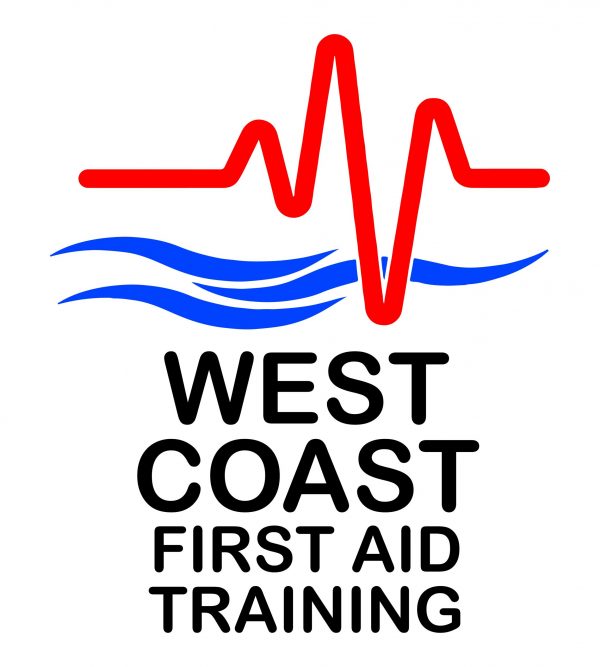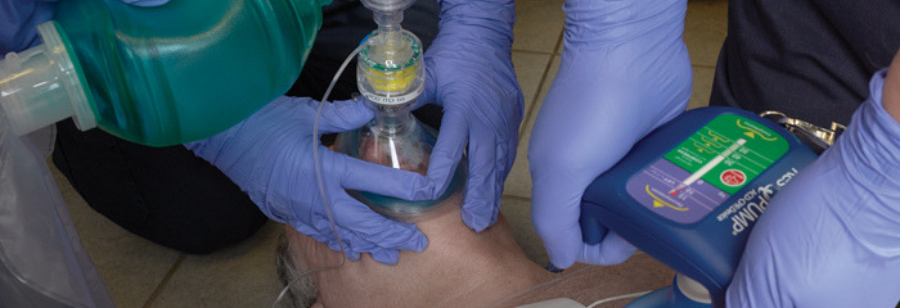


Basic First Aid, also known as the HLTAID011 first aid course, is designed for people with little-to-no experience with first aid and who want to help others in an emergency. Basic First Aid is around 6 to 7 hours and teaches you how to respond in several common situations, including choking, burns, bleeding wounds, and broken bones. The curriculum covers basic anatomy and physiology to understand how your body works and what happens when someone is injured. You’ll also learn CPR, how to apply bandages, splint fractures, and other first aid basics.
Advanced First Aid, also known as the HLATAID014 first aid course, is 14 to 40 hrs and is designed for people who have completed Basic First Aid or have more experience with first aid. It builds on what you learned in Basic First Aid by teaching you more advanced techniques like performing CPR on children, administering medications, and dealing with severe injuries like amputations or head trauma.
The Basic First Aid Course (HLTAID011) covers a wide variety of topics, but some of the most important are:
The following list provides a high-level overview of the critical skills taught in the HLTAID014 first aid course:
Anaphylaxis
In an HLTAID014 first aid course, you’ll learn about anaphylaxis, a condition where the immune system reacts to an allergen in the body. This can cause symptoms like swelling of the face, lips and tongue, difficulty breathing, loss of consciousness and death.
An HLTAID014 first aid course can help you treat anaphylaxis by using an EpiPen to inject epinephrine into the thigh muscle of someone experiencing anaphylaxis, keep them calm, and prevent them from going into shock.
Asthma
Asthma is when airways become inflamed due to an allergic reaction to something like pollen or dust mites. Symptoms include coughing, wheezing, and difficulty breathing. An HLTAID014 first aid online course will help you get first aid certificates and will teach you how to administer medication like inhalers or nebulizers that open up airways in people with asthma. Your instructor will also teach you how to monitor a person’s breathing rate and how often they need medications like albuterol (an inhaled bronchodilator that opens up airways) or prednisone (a steroid that reduces inflammation).
CPR techniques
CPR is a lifesaving technique you can learn in an HLTAID014 first aid course. The course will teach you how to perform chest compressions and mouth-to-mouth resuscitation on a person who has stopped breathing or whose heart has stopped beating. It can be very helpful in treating conditions such as cardiac arrest, choking and respiratory failure.
Incident reporting
The incident reporting module of the course teaches students how to report an emergency using an incident report form. This module is essential because it helps to ensure that all relevant information is available for further investigation into the cause of an accident or injury.
Assessing an emergency
In this module, students will learn how to assess an emergency by performing a primary survey on the victim. This involves checking their airway, breathing and circulation (ABC).
DRSABC
When dealing with an emergency and first aid is required, it’s important to remember the mnemonic “D-R-S-A-B-C”. This stands for:
The mnemonic helps you remember these steps to provide the best possible care.
Using an automated external defibrillator (AED)
An automated external defibrillator (AED) is a device that detects heart arrhythmias and automatically delivers an electric shock to restore a normal heartbeat. You can use it on anyone who is in cardiac arrest. First aid responders could learn how to use an AED as part of their first aid course and should only use an AED on someone who has stopped breathing or whose heart has stopped beating. They should not try to use one if there are no visible signs of injury or if they are unsure how to use it properly.
If you do not have any training on using an AED, call 911 immediately so trained medical professionals can help save lives!
Bleeding, burns, and broken bones
A first aid course teaches you how to treat common injuries like bleeding, burns and fractures.
West Coast First Aid is the company to choose for getting advanced first aid courses online. We are a full-service training facility that offers a variety of first aid and CPR courses with first aid certificates, as well as other specialised training programs, including water safety and lifeguard training. Our instructors have years of experience in the field and are highly qualified to teach and provide first-aid courses. Our students are always satisfied with their training experience and the knowledge they gain from attending our classes.